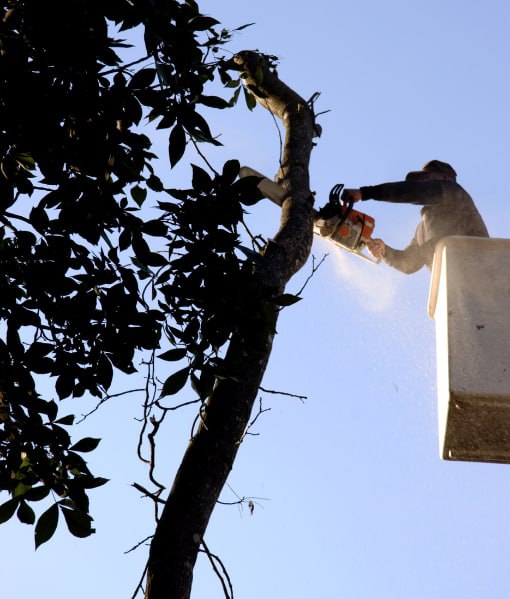
Introduction: In winemaking, the quality of grapes is paramount to producing exceptional wines. Vineyard management practices, including tree reshaping, are crucial in optimising grapevine health, fruit yield, and wine quality. Trees surrounding vineyards can impact sunlight exposure, air circulation, and soil moisture, influencing grape development and flavour. In this blog post, we’ll explore the importance of tree reshaping for vineyard management and how Ramsgate Tree Surgeons can help enhance wine quality through expert pruning techniques.
Maximising Sunlight Exposure:
Sunlight is essential for photosynthesis, the process by which grapevines convert sunlight into sugars and other compounds essential for grape ripening and flavour development. Trees surrounding vineyards can cast shadows and block sunlight, reducing the amount of light available to grapevines and potentially hindering their growth and fruit quality. Tree reshaping involves selectively pruning branches to open canopy space and allow more sunlight to reach the grapevines. By maximising sunlight exposure, tree surgeons can promote even ripening, enhance grape flavour, and improve wine quality.
Improving Air Circulation:
Proper air circulation is essential for preventing disease, reducing humidity, and promoting grapevine health in vineyards. Dense tree canopies can inhibit airflow and create microclimates conducive to fungal diseases such as powdery mildew and botrytis. Tree reshaping techniques, such as crown thinning and lifting, can help improve air circulation by reducing canopy density and allowing breezes to flow more freely through the vineyard. Improved air circulation helps dry grapevines, reduces disease risk, and improves grape quality and wine purity.
Regulating Soil Moisture:
Trees surrounding vineyards can compete with grapevines for water and nutrients, potentially affecting soil moisture levels and grapevine vigour. In regions with limited rainfall or water availability, tree roots may outcompete grapevine roots for water, leading to water stress and reduced grape quality. Tree reshaping can help regulate soil moisture by reducing water competition from trees and enhancing water infiltration and retention in the soil. By carefully pruning tree roots and managing tree canopies, tree surgeons can create a more balanced and sustainable environment for grapevines, resulting in improved grape quality and wine production.
Maintaining Biodiversity:
In addition to their practical benefits for vineyard management, trees contribute to biodiversity and ecosystem health in vineyard landscapes. Trees provide a habitat for beneficial insects, birds, and other wildlife essential in pest control and pollination. Tree reshaping techniques can help preserve and enhance biodiversity by maintaining healthy tree populations and creating habitat diversity within vineyards. By promoting a balanced ecosystem, vineyard managers can reduce the need for chemical inputs, improve soil health, and enhance overall vineyard sustainability.
Conclusion: Tree reshaping is vital in vineyard management, offering numerous benefits for grapevine health, fruit quality, and wine production. By carefully pruning trees surrounding vineyards, Ramsgate Tree Surgeons can optimise sunlight exposure, improve air circulation, regulate soil moisture, and maintain biodiversity, contributing to higher grape quality and wine excellence.
Call us on: 01843 264695
Click here to find out more about Ramsgate Tree Surgeons
Click here to complete our contact form and see how we can help with your tree’s needs.